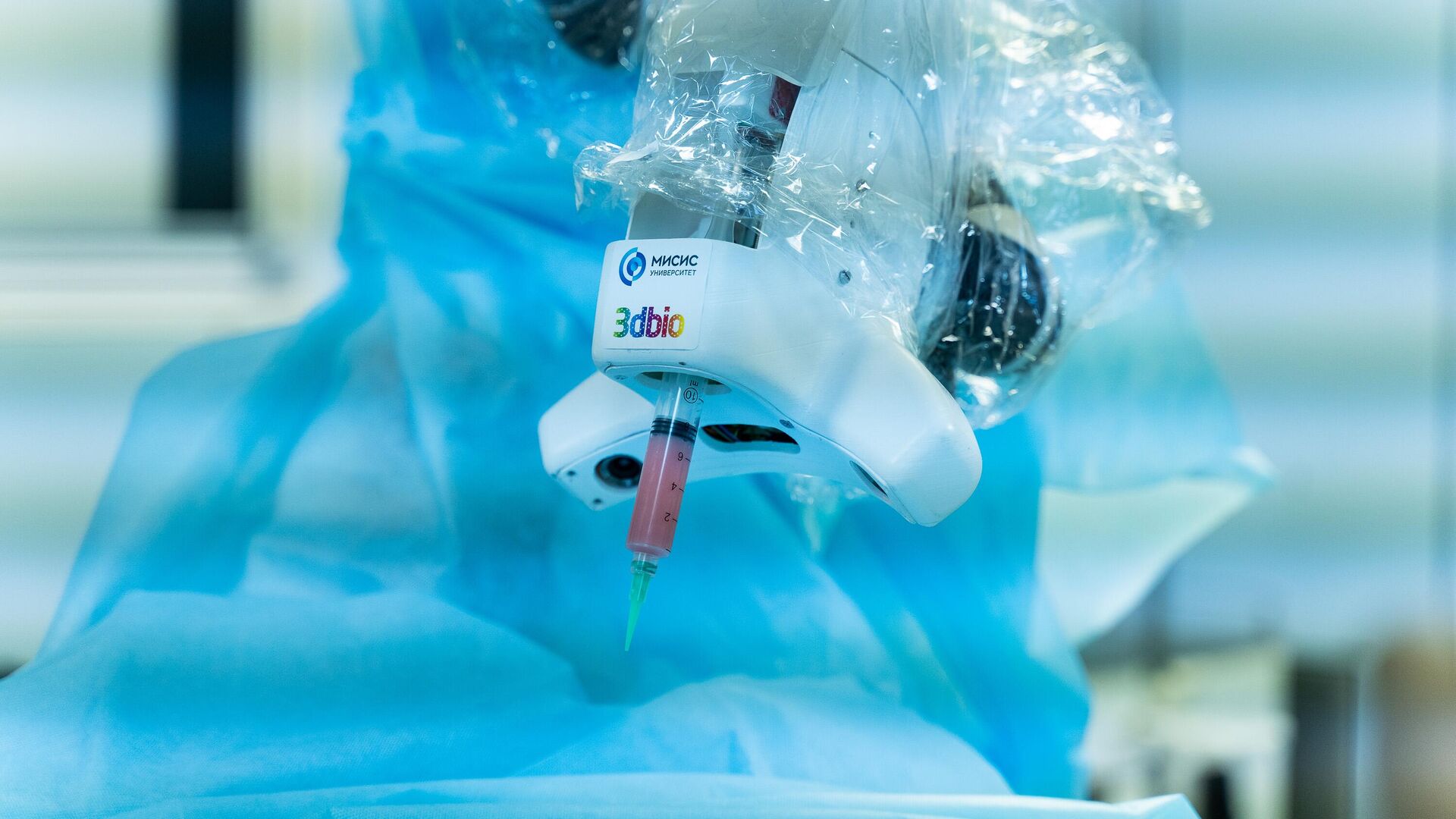
MOSCOW, January 22The world's first operation with bioprinting directly on a patient took place in Russia. It was carried out at the Main Military Clinical Hospital named after. Academician N.N. Burdenko in Moscow. Doctors, together with specialists from the Institute of Biomedical Engineering NUST MISIS, used a bioprinter consisting of a robotic arm, a bioprinting system and computer vision. The director of the institute, Fyodor Senatov, spoke in an interview about the details of this operation and the prospects for the development of domestic 3D bioprinting.
– How was the operation performed technically?
– The patient had an extensive wound in the shoulder and shoulder blade area. The wound is deep, with variable relief, which made it especially difficult. The surgeon removed the patient's own cells from the bone marrow. These cells were then mixed with a special collagen-based hydrogel, which promotes tissue regeneration. The substance (“bioink”) was placed in a syringe that was located inside the bioprinter, and the bioprinter itself with a scanning system was placed at the end of a robotic manipulator (“roboarm”).
The main nuance of our technology is that the soft tissue defect scanning system allows us to take into account the patient’s breathing and small movements of his body. Scanning the wound surface, constructing a 3D model of the wound, calculating the trajectory of the biopolymer “in situ”, that is, directly into the wound, and the robot carried out the bioprinting itself without human intervention.
– It turns out that the surgeons took the patient’s cells, and the robot did the rest itself?
“I think that soon a bioprinter will be able to collect cells instead of a surgeon. The robot has already done everything else on its own. He was followed by a robotics engineer who checked the constructed 3D model of the wound, and doctors monitored its adequacy from a surgical point of view. The model satisfied everyone, and the robot “sealed” the wound surface with automatic adjustment to the patient.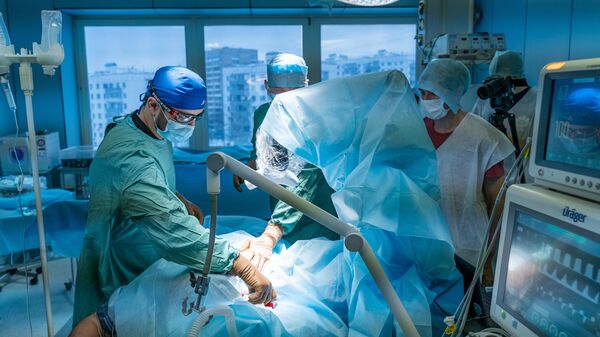
1 of 3
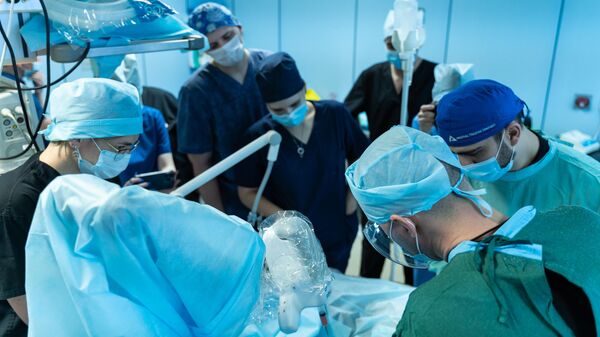
2 of 3
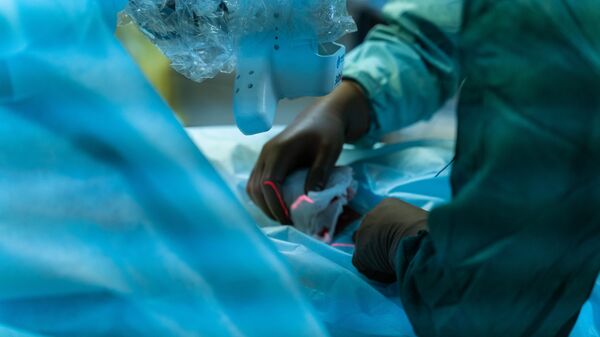
3 of 3
1 of 3
2 of 3
3 of 3
– That is, this is no longer just a bioprinter, but a rather complex robotic technology. Have you already given it a name? Just like how the robot-assisted surgical system was called “Da Vinci.”
– Indeed, this is a very important step towards complete robotization, when it will be possible to do without a surgeon in the operating room. Already today we see the beginnings of the use of computer vision, which will eventually be coupled with artificial intelligence for the robot to make independent decisions. Now we are moving towards this. Our robot doesn’t have a commercial name yet, but we jokingly call it “Hand”.
– What distinguishes it from other bioprinters, besides the presence of a scanning system? Why did Russia become the first country to perform such an operation in a clinical setting?
– There are several different types of bioprinters in the world. Classic 3D printing is when there is a certain immovable substrate on which organs and tissues are printed separately, and then after a certain time they are transplanted into the patient. In many countries, this area is actively developing; some reach clinical trials faster than others. For example, two years ago the Americans printed an ear and implanted it into a living person.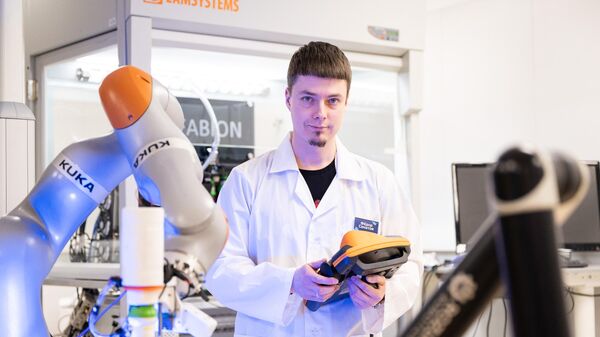
1 of 2
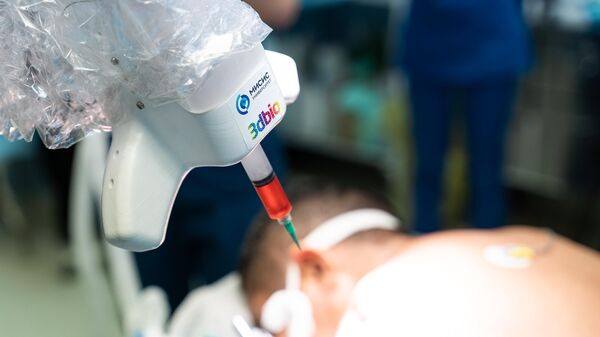
2 of 2
1 of 2
2 of 2
Last year, too, together with the National Medical Research Center of Otorhinolaryngology of the FMBA of Russia, we printed an ear implant, but they implanted it not into a human, but into a minipig (dwarf domestic pig) as a preclinical trial.
As for robotic printing directly on the patient, here Russia has clearly taken a leadership position. We were the first to carry out in situ bioprinting in a hospital setting. The fundamental difference from classical 3D bioprinting is that the patient’s own autologous cells were used. They do not need to be modified first. Printing occurs immediately during surgery; the cells do not change, since the technology does not require an additional bioreactor.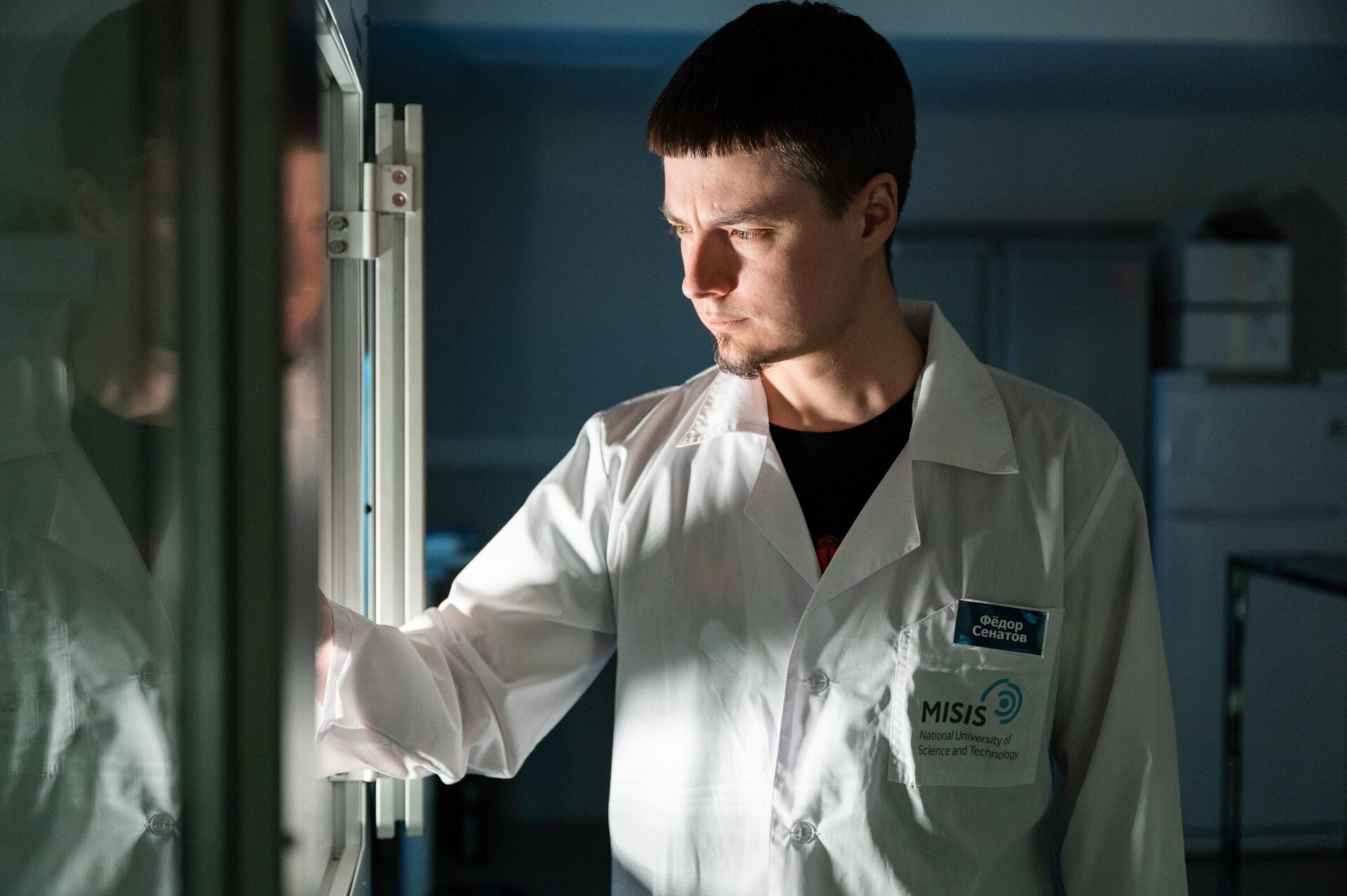
If organs or tissues are printed using a classic bioprinter, then the printed structure must be placed in a bioreactor for “ripening”. We proceed from the logic that the best bioreactor is still the person himself. In fact, we skip an entire technological step and immediately print the equivalent of tissue into the human body.
– MISIS has been working in this scientific area for a long time?
– The whole world of bioprinting began in 2003 with the first ever publication on three-dimensional bioprinting. The author of the article was our compatriot Vladimir Mironov, who is the scientific director of the biotechnology research laboratory 3D Bioprinting Solutions and a professor at NUST MISIS. Under his leadership, the company, which became a pioneer of domestic bioprinting, introduced the first Russian bioprinter, Fabion, in 2014. It is still one of the top 5 bioprinters in the world.
Already in 2015, it printed the world’s first organ – the thyroid gland, which was fully functioning and produced the hormone. An artificial thyroid was implanted into a laboratory mouse.
Then various branches of bioprinting began to develop, for example, cosmic magnetic bioprinting. There are only four space magnetic bioprinters in the world — one at the ISS, one at the Museum of Cosmonautics at VDNH and two at MISIS.
But the use of robots for bioprinting has already resulted in a separate area of bioprinting. Since the year before last, we have been working together with 3D Bioprinting Solutions to strengthen each other’s competencies. The university is included in two federal programs — “Priority 2030” and “Advanced Engineering Schools”.
Within the first program, we are working on technological approaches to bioprinting (how to print, what to print, how to make it all take root, etc. ), and within the second, we develop everything related to the development of hardware and the training of future biomedical engineers. It is necessary not only to develop the technologies of tomorrow and the day after tomorrow, but also to immediately train personnel who will “pick up” the industry.
– How do you yourself see the day after tomorrow of bioprinting in Russia? Your forecasts.
– I will express the general opinion of my colleagues that “in situ” robotic technologies will be developed first of all, because it is closer to the patient in the literal sense of the word.
If we take the evolution of printing, then it all starts with the healing and printing of flat organs (skin, cartilage, etc.). Now these technologies make it possible to heal flat defects, but soon we will move on to printing tubular organs (blood vessels, trachea, etc.). Well, the most difficult thing is printing functional organs (kidneys, liver, etc.).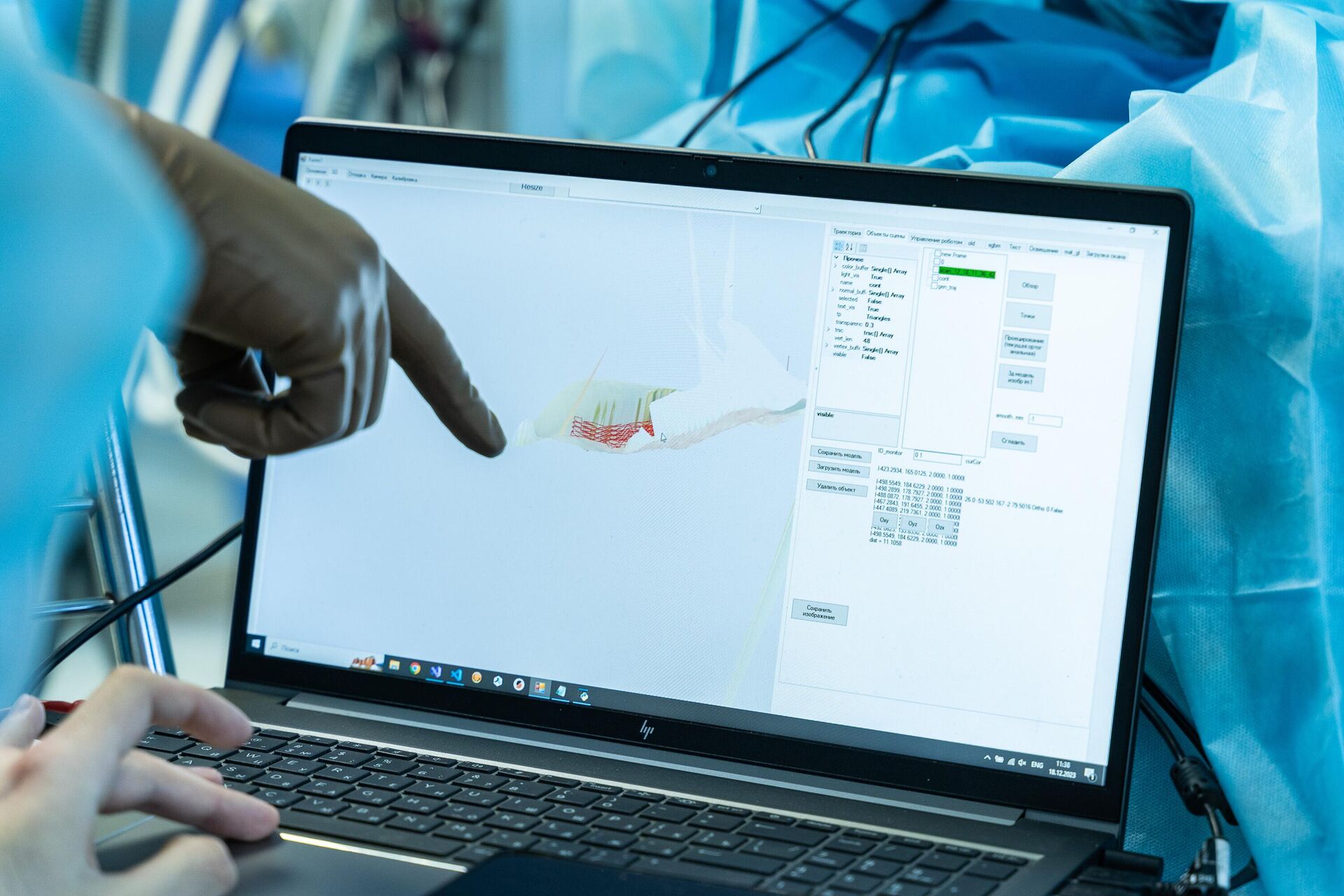
– Let's take a specific example: a huge number of people suffer from type 1 diabetes, in which the pancreas cannot produce enough insulin. When do you estimate that bioprinting will be able to print the first pancreas? Is this still something from the category of science fiction?
– No, this is definitely not science fiction, but reality; but the reality is “on the horizon for 30 years.” We are currently at the stage of printing flat organs. In the next 10 years, we will move on to the second stage — printing tubular organs with subsequent transplantation into humans. Ideally, we want to have the first good blood vessel by 2027.
Whoever successfully prints the first blood vessel will lead the third stage of the movement — printing functional organs. In the absence of blood vessels, cells die inside large organs.
– Does Russia have ambitions to lead the third stage?
— Yes, at MISIS, within the framework of the Advanced Engineering School “Materials Science, Additive and End-to-End Technologies,” of which Rosatom State Corporation is a partner, we are currently developing several magnetic bioprinting technologies, in which small pieces of blood vessels are created using magnetic or acoustic fields . In Russia — Moscow, St. Petersburg, Samara, Tomsk — entire bioprinting clusters are beginning to form.
– How do practicing doctors feel about such plans? Do you encounter criticism and mistrust?
– So far the situation is twofold: many doctors are very conservative in this sense, but there are also many enthusiasts. It is significant that now large Russian universities, including medical and technical ones, are starting to train personnel for this industry from different sides: some train doctors so that they can apply bioengineering approaches, and others, like our university, train engineers with knowledge of medicine. This is a movement on both sides, because at some point engineering and medicine will definitely merge.























































Свежие комментарии